Winter Highways: The Wait Of Baltistan


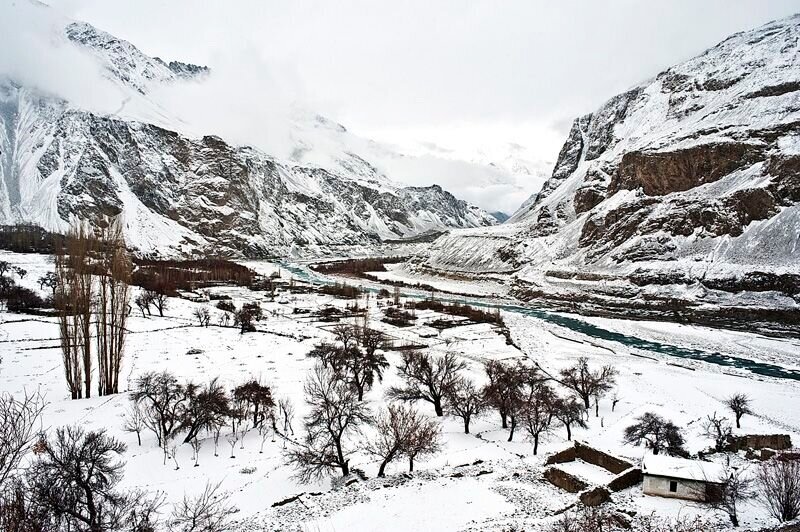
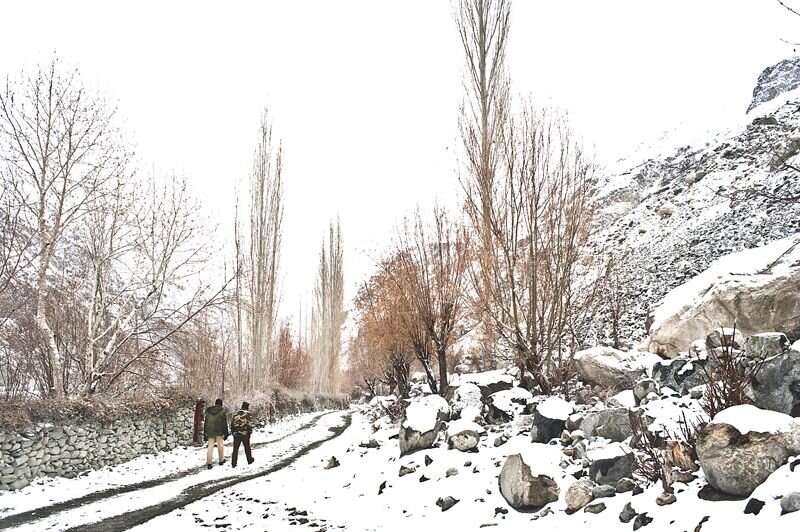



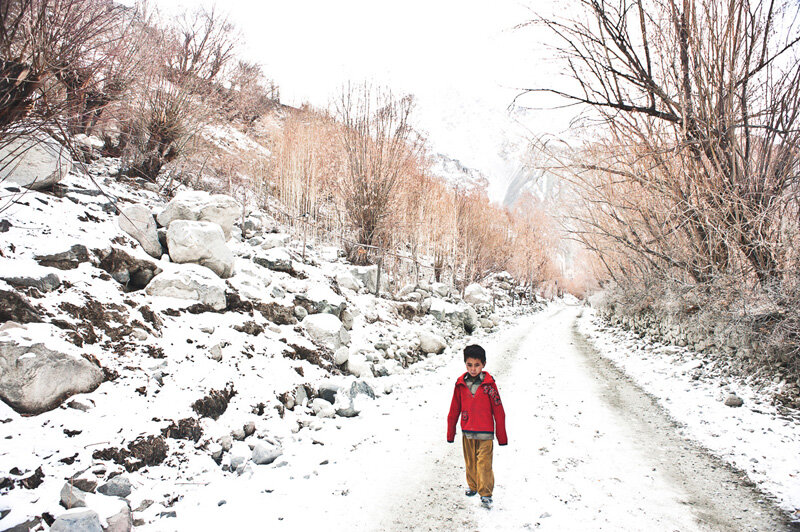
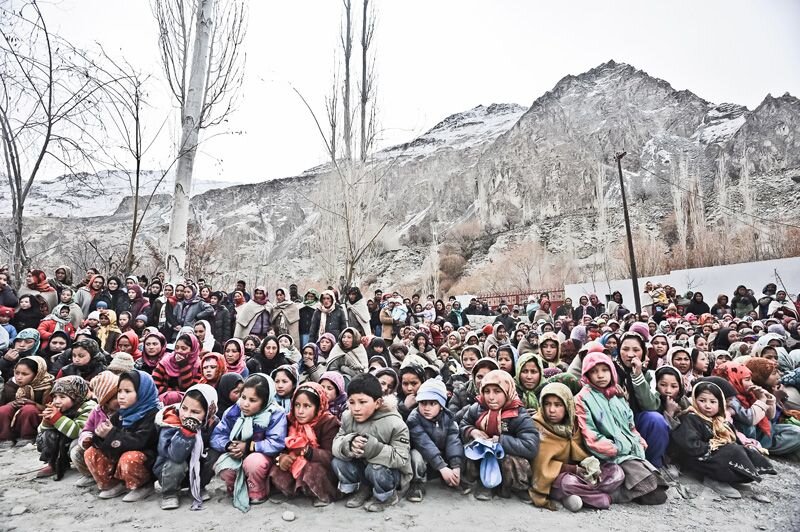


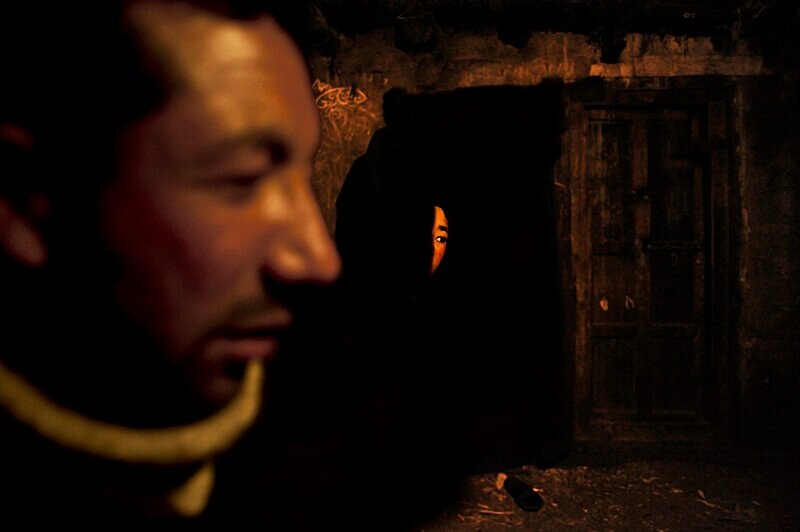
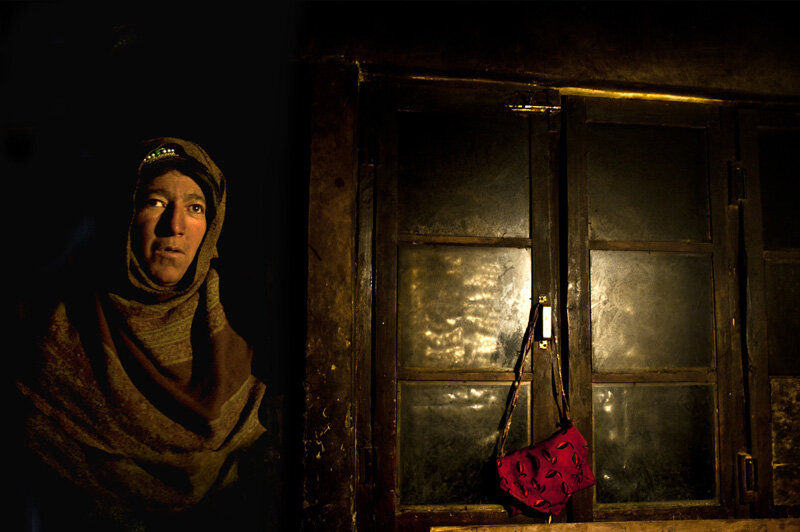


By Narayan Kaudinya
Baltistan is a mountainous region straddling the Northern India–Pakistan border, adjacent to the disputed territory of Kashmir. During the Indo-Pakistani War of 1971, the Ladakhi Scouts, an infantry regiment of the Indian army specialized in mountain warfare, took control of several villages of the Baltistan region in Pakistan. Since then, a part of Baltistan remains under Indian control.
On the night of December 13, 1971, Major Chewang Rinchin of the Ladakhi Scouts and his troops ceased fire after reaching the village of Tyakshi. The Scouts had just captured five villages and a total area of 804 sq. kilometers in the Baltistan region of Pakistan.
Photo 12. A child peeks from behind the door of an old house made of apricot wood as his father leaves for work.
The Indian Army’s incursion into the Pakistani territory was called off because the then-ruling party of the bordering Indian region of Ladakh no longer wanted Baltistan. They thought seizing more land would weaken their political position in the state, as their ethnic identity would be wedged between two Muslim regions, Kashmir and Baltistan.
The people of the captured villages went to sleep in Pakistan but woke up in India the following morning.
After forty years of isolation, Baltistan reopened to the outside world in the summer of 2010. I went there the following year to work as a high school teacher during the worst forty days of winter, but education was not what Balti kids needed. Instead, they suffered from the burden of a prolonged denial of any fulfillment.
In Tyakshi, Bogdang, Turtuk and other remote Balti villages on Indian soil, faces and wrinkles of the elders weighed heavy with the untold stories of their past. They yearned to talk, to lay bare the rich history they have shouldered for so long. They showed a frustration that stiffened into a deep-rooted helplessness. With the army as their only prospect, the children of Baltistan were caught on a melancholic seesaw between a sorrow for the past and a longing for a better future.
Village elders reminisced about their days in Pakistan, about the trees they used to play under, and the rocks they sat on talking for hours. Nobody knew if their family in Pakistan was alive, nor remembered the faces of their sisters and brothers. Gradually, the imagination of the Balti people was left without a past, an essential part of their identity.
The wait of Baltistan is the tale of a forgotten clan separated by time yet deeply rooted to the land. It is the journey of a neglected people and their forgotten land, whose stories of an unfathomed past still haunt their present.
About the Author
Narayan Kaudinya is a documentary photographer and filmmaker. His father is a teacher and mother runs a primary school where Narayan teaches.
